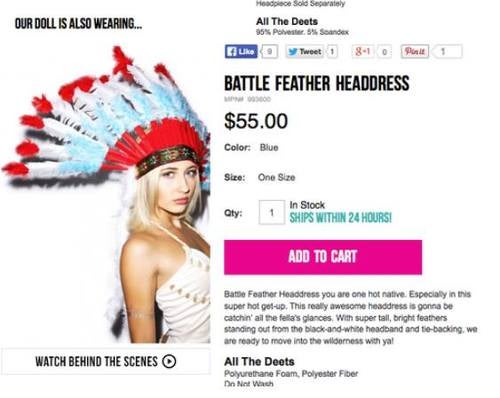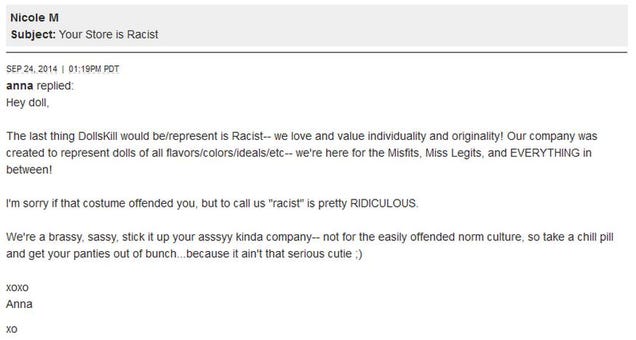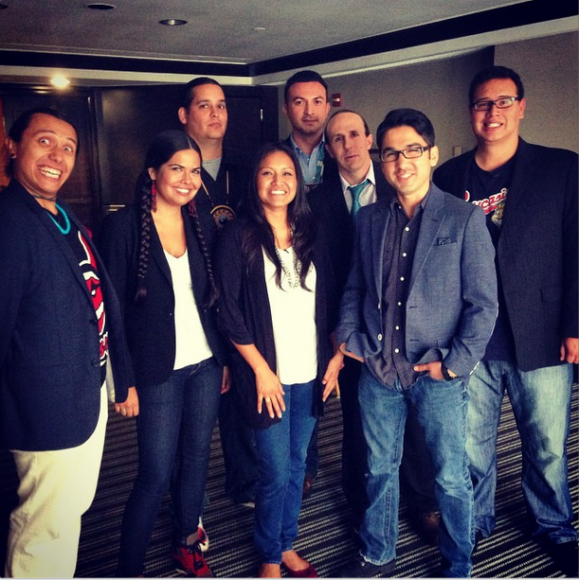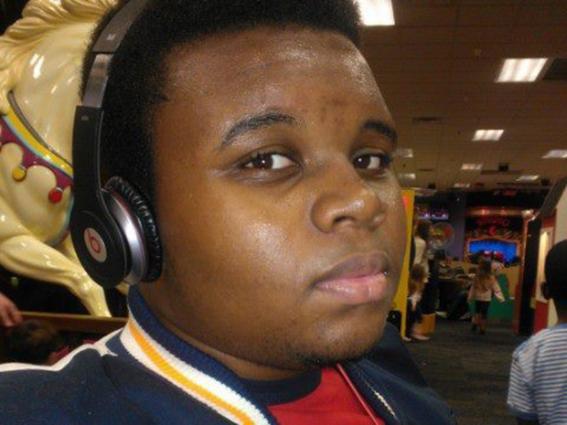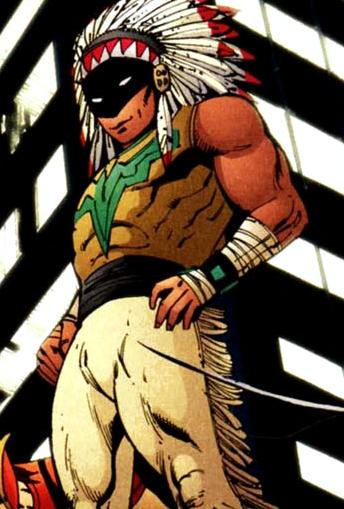By Mardi Oakley Medawar (Author)
More than a mystery, Medawar's novel is a beautifully written, life-affirming, heartwarming story full of adventure, humor, and tears. Set in 1866 on the western frontier, the tale concerns Tay-bodal, a Kiowa Indian who has been a relative nobody among his tribesmen. Always an outsider, Tay-bodal has no family and would rather spend time with his healing herbs and potions than attending councils of war. But then the respected and much loved Chief Little Bluff dies, and the Kiowas must come together to name his successor. When Coyote Walking, one of the three candidates for the highly revered position of tribal chief, is brutally murdered, chaos and disorder erupt. Tay-bodal, wiser than he knows, takes on the daunting task of finding out who killed Coyote Walking. His investigation, which is ultimately successful in unmasking the villain, changes his life forever, not only earning him a respected place among his tribesmen but also winning him a beautiful woman, a young son, new friends, and a happiness he thought he could never experience. Medawar has written a cunningly plotted story that is as devilishly funny as it is charmingly told. Tay-bodal is a true, if unsuspecting, hero who proves that love, respect, and wisdom can overcome even the greatest adversity. Masterful and moving, this book makes a fine addition to all collections. Emily Melton
A Unique Experience, and Lots of Fun
By Mick McAllister on May 21, 2002
Kiowa author Scott Momaday has suggested that the humorless Indian is a ridiculous stereotype, and Cherokee author Mardi Medawar's Tay-bodal mysteries certainly confirm that view. Both Medawar and her hero have a great sense of fun, and this first novel in a series of four is notable for its refusal to take seriously the cliches of white attitudes toward Indians.
It is also an interesting and challenging mystery set in an important moment of American history, when the tribes of the southern plains were being subjugated by Civil War veterans with nothing better to do. Tay-bodal moves among the great heroes of that era--Satanta, Lone Wolf, Satank--who are for him not only great but uncles and cousins, and men with, if not feet of clay, dirty moccasins.
Read it for the mystery, read it for the history, read it for the fresh look at American Indians. But read it. Good book.
I wouldn't gush over this book the way the others did. I'd say it's good but not great. A solid read but not something I'd give to someone who isn't a fan of Native stories.
Although I don't know much about Kiowa culture, it does feel fully realized and authentic. The characters are complex and three-dimensional. That puts it ahead of a lot of Native-themed books.
A couple of complaints:
1) Medwar introduces too many characters--a few dozen, it seems. They have similar tribal names and roles, so it's hard to keep them straight. Fewer would be better.
2) The story takes place in Texas in 1866. By then, the Kiowa has been in contact with Mexicans for a couple centuries and Americans for several decades. Yet when Tay-bodal goes to the nearby Army fort, he's amazed to see his first black man. He knows nothing about glass windows or oil lanterns.
Really? I find it hard to believe that any Indian band was that isolated. When the first tribes met Lewis and Clark half a century earlier, they might've been ignorant of these things. But in 1866? No.
Anyway, Death at Rainy Mountain is decent. Rob's rating: 7.5 of 10.

